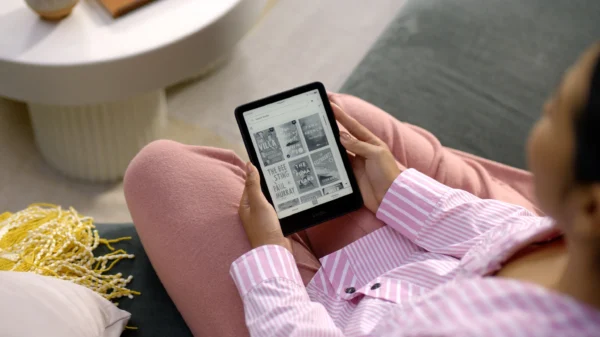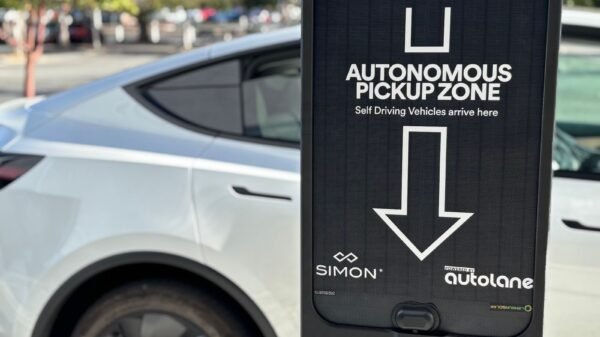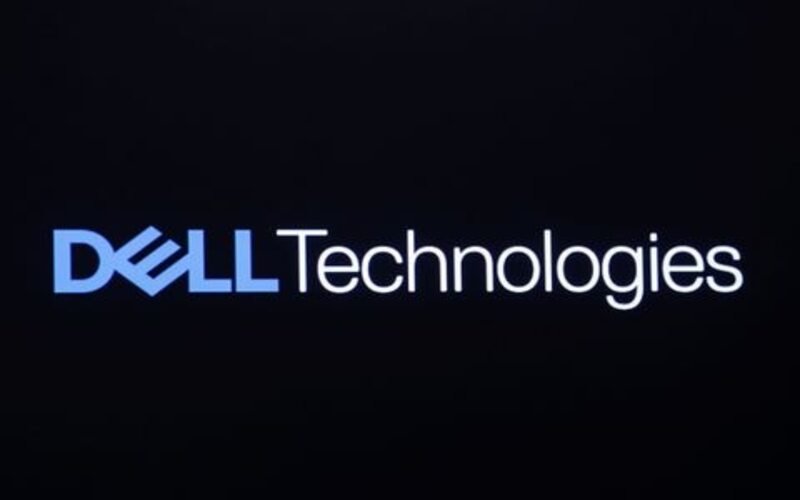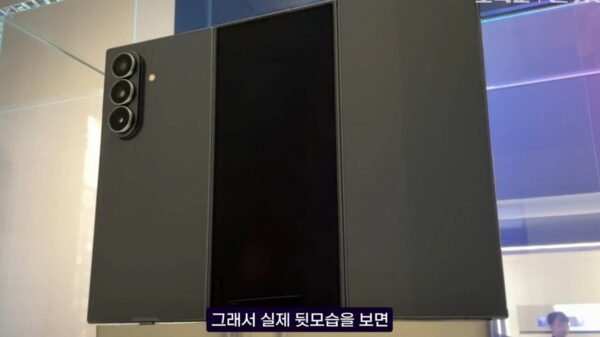Apple, renowned for its innovative technology and elegant designs, has a history of introducing groundbreaking products that revolutionize the tech industry. However, there have been instances where certain beloved products were discontinued, leaving a lasting impact on users and evoking a sense of nostalgia among fans. This article explores the sentiments surrounding five discontinued Apple products, discussing why they hold a special place in users’ hearts and why they deserve to stick around.
- The iPod

Photo: Batu Gezer
The iconic iPod, Apple’s portable music player, holds a significant place in the company’s history. Although it underwent various transformations, from the classic click-wheel iPod to the sleek iPod Touch, it was eventually discontinued in 2022. The rise of smartphones, particularly the iPhone with integrated music capabilities, contributed to its decline. Despite its discontinuation, the iPod’s dedicated music experience, iconic design, and significant storage capacity left a void for music enthusiasts who longed for its nostalgic appeal and unparalleled convenience.
- Aperture

Photo: Apple
Photographers cherished Apple’s professional photo editing program, Aperture, for its extensive features and user-friendly interface. Unfortunately, it was discontinued in 2014 with the introduction of Apple Photos. Aperture’s non-destructive editing, advanced organization tools, and compatibility with raw image formats made it a favorite among professionals. The loss of advanced editing capabilities and its all-in-one window and user-friendly interface left photographers wishing for its return.
- AirPort Extreme and Time Capsule

Photo:
AppleApple’s AirPort Extreme and Time Capsule offered reliable wireless connectivity and seamless data backup capabilities. However, they were discontinued due to a shift in focus away from networking hardware and partnerships with third-party router manufacturers. These products seamlessly integrate with Apple’s ecosystem, providing a user-friendly networking experience for Apple users. Their integration with Macs, iPhones, and other Apple devices, along with reliable Wi-Fi and easy backups, made them highly convenient for users.
- Thunderbolt Display
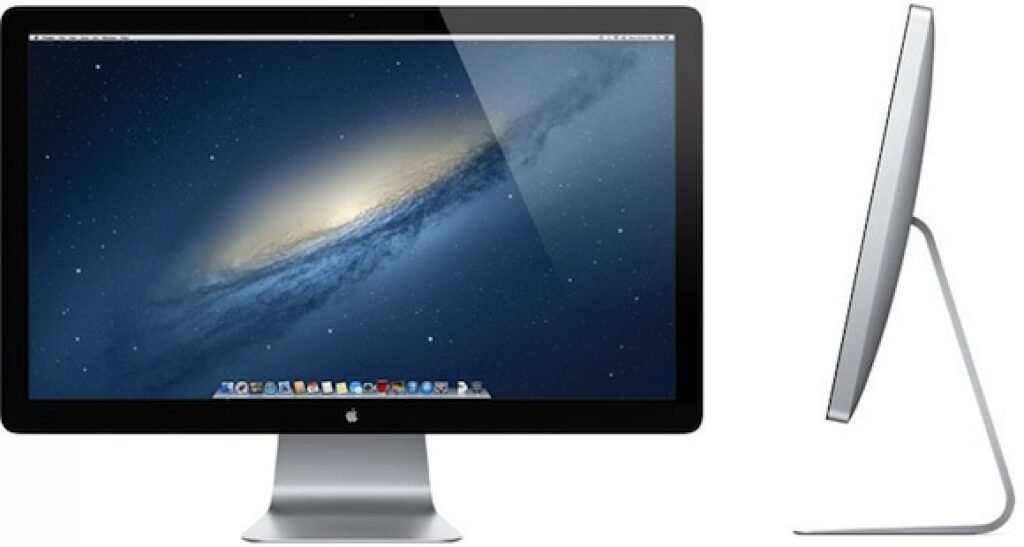
Photo: discussions.apple
The Thunderbolt Display featured a 27-inch TFT LCD with IPS technology and offered an array of connectivity options, including Thunderbolt and Universal MagSafe cables. It provided users with vivid and detailed visuals, making it a sought-after display option. Unfortunately, it was discontinued, leaving users yearning for its extensive connectivity and exceptional visual experience. Many found it to be a versatile and convenient display solution that integrated well with Apple’s devices and offered ease of use without the need for additional adapters.
- Three Discontinued Products Rumored to Make a Comeback

Photo:
AppleIn addition to the above-listed discontinued products, there are rumors that Apple may bring back the full-size HomePod, the 12-inch MacBook, and the iMac Pro in the future. Apple is said to be working on a new HomePod with an updated display and an S8 chip. The 12-inch MacBook, which was discontinued due to underpowered Intel processors, could make a comeback with Apple’s silicon chips. Similarly, the iMac Pro might return with M2 Pro and M2 Max chips. These potential comebacks could excite users who loved the original versions of these products.
Conclusion
Apple’s legacy is filled with revolutionary products that have shaped the tech industry. While business strategy and innovation frequently influence the company’s decisions to discontinue particular products, users’ love for these devices frequently inspires a sense of nostalgia and a desire for their return. The iPod’s unparalleled music experience, Aperture’s advanced editing capabilities, AirPort Extreme and Time Capsule’s seamless integration, Thunderbolt Display’s exceptional visual experience, and the potential comebacks of other discontinued products all serve as a reminder of the enduring impact of Apple’s innovations on users’ lives.

